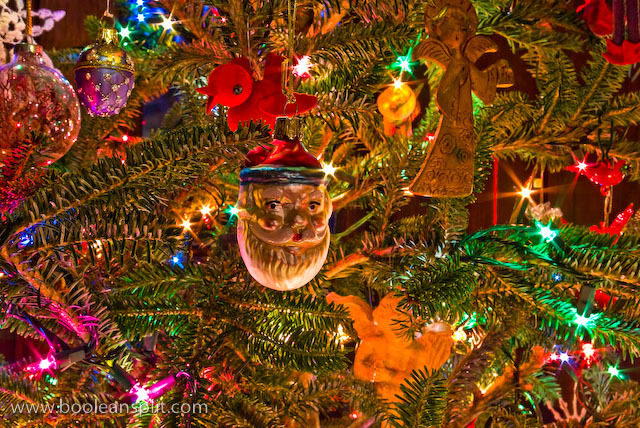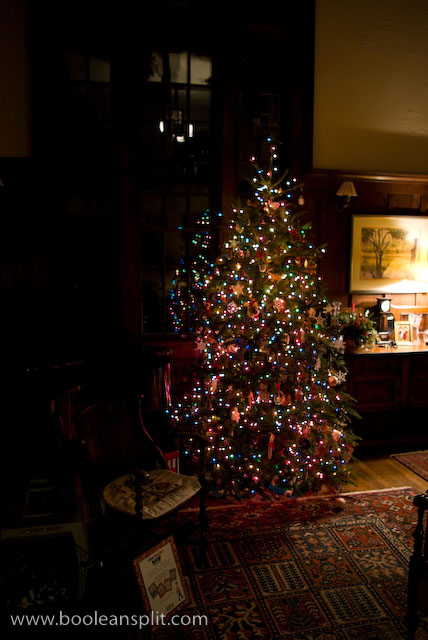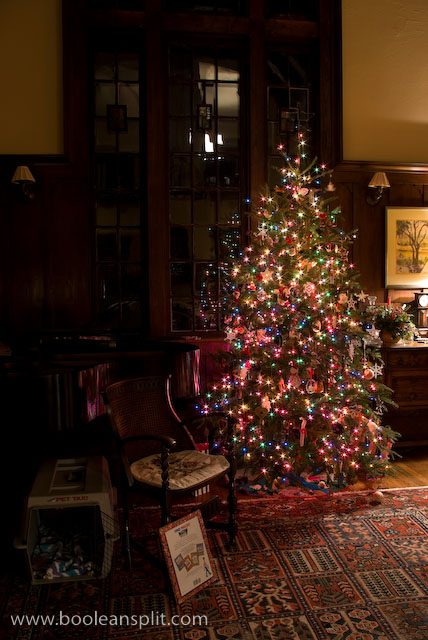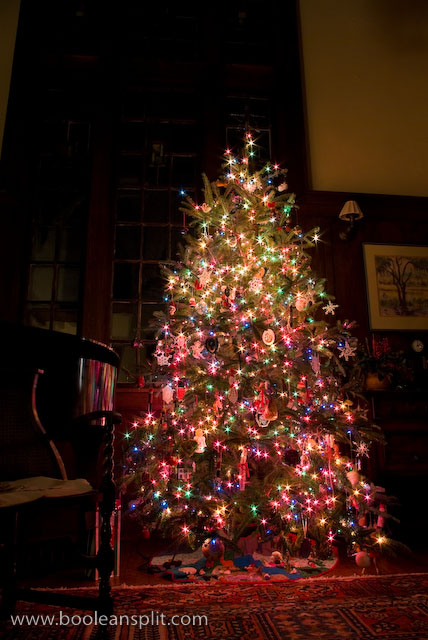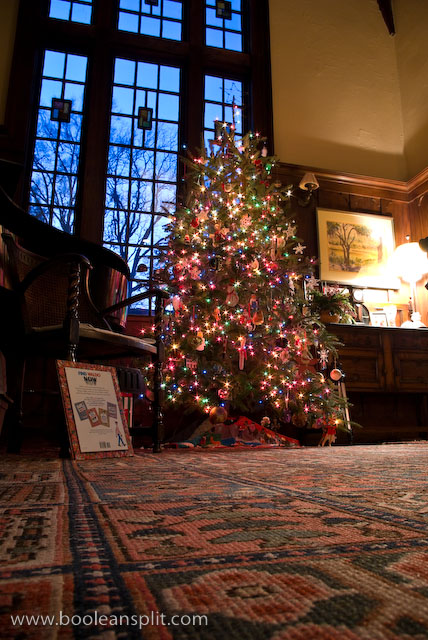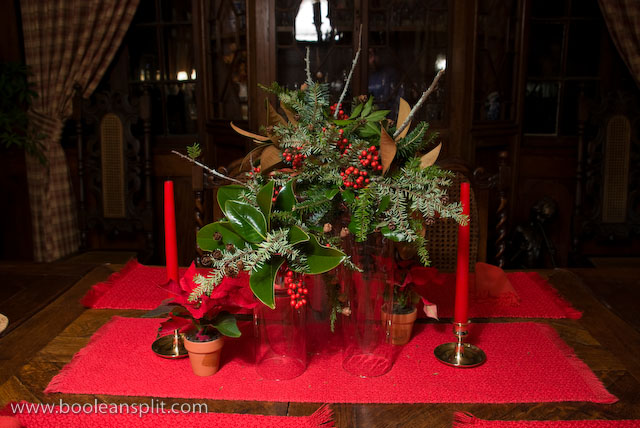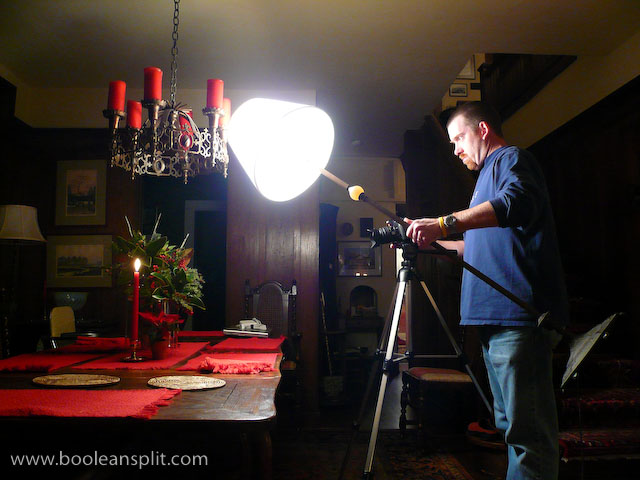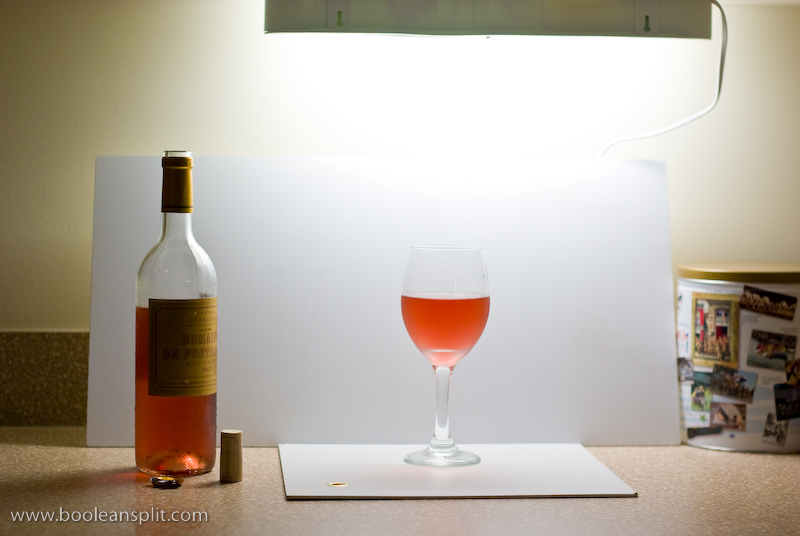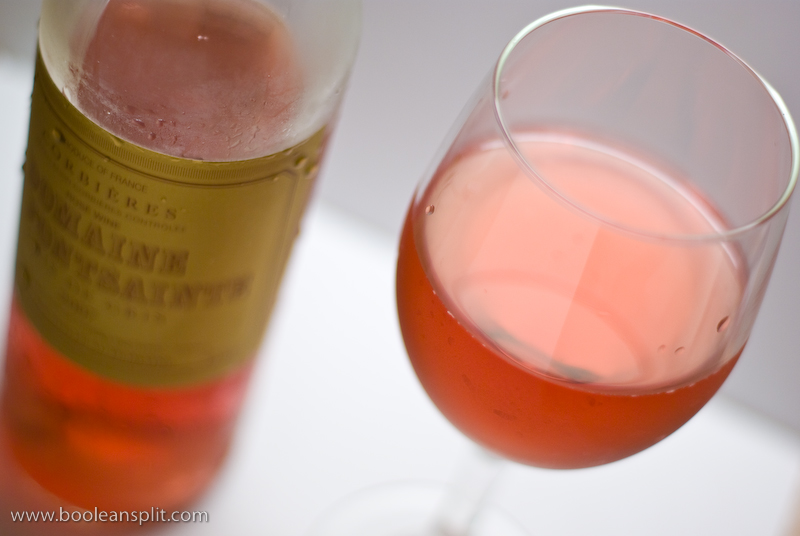Pentax SMCP-DA 35mm f/2.8 Macro Limited User Review

Ever since I started shooting DSLRs with APS-C sized sensors I have struggled to find the perfect go-to lens for the majority of my photos. I love the speed and image quality of my old A series 50mm f/1.7 but the lack of autofocus and relatively tight F0V (75mm equiv.) makes it less than ideal for a lot of my shooting. When my friend Stephen said he was sending me his DA 35mm f/2.8 Macro Limited to take for a spin I was pretty sure that it was going to be the lens I have been looking for. I had read all the reviews so I knew that it was a sharp lens with top-notch build quality. All that remained was for me to live with it for a few days…
Pros:
- Razor sharp starting at f/2.8.
- Virtually no flare and very low CAs or fringing.
- Wonderful bokeh (especially during macro use).
- Impeccable Limited build quality.
- Smaller and lighter than most 1:1 macro lenses.
- Durable*
- Ultra close focusing capability.
- Built-in lens hood.
- Excellent bang-for-the-buck.
*I didn’t test this lens’ durability but my friend Stephen did. Within minutes of opening the box he dropped it from a height of 1M onto concrete. The filter mount ring took the brunt of the impact (note silver filed away area in these shots) but the function of the lens was not otherwise affected. Wow!
Cons:
- Slow focusing due to extremely long focal range.
- Lack of focus limit switch (might correct previous point).
- Focus ring spins during autofocus operation.
- Included lens cap falls off too easily.
- Extremely limited stand-off distance at 1:1 magnification (read: “none”).
- Diffraction may be a problem above f/8 with non-macro shots.
Conclusion:
Turns out this is not the do-it-all lens I’ve been looking for. Now, before all you Pentaxians out there start accusing me of bashing Pentax again, let me explain…
The DA 35mm f/2.8 Macro Limited is one of the best macro lenses I have ever used. It absolutely blows everything away within 2 feet of the front of the lens. I love the natural look the 35mm (52.5mm equiv) FoV provides. I can easily see this being one of the best lenses available for shooting products in a studio setting. If I were still walking the floor at Asian electronics trade shows it would be my go-to lens (lots of close-up shots of products held in my hand). However, the things that make this lens so good at what it was designed to do also make it less than perfect for my everyday use. If your primary interest is up-close hand-held macro photography, look no further. Buy this lens. If, like me, you are thinking that this lens might double as a good medium focal length lens for everyday use, please read the rest of my review and decide for yourself:


